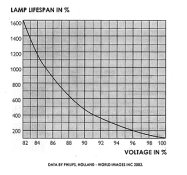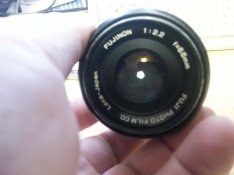jpentecost
Member
Hello,
Sorry that my first post here is a question. I have an idea for lighting using No1 and No2 photofloods, I was looking into a classic "Series Parallel" switch (but remotely controlled with a relay) and then I realised that I can get a really rather good DMX controllable dimmer pack with four channels for about £80, which is far better for my purpose.
Google has not been kind to my search for a photoflood data sheet. What I would love to find out is how long a 230/240v photoflood will last when driven at 50% of it's capacity (so say 120V or a chopped PWM of 50%). I tried GE and Phillips but with no luck .. Does anyone else have any information they could let me have.
Justin
Sorry that my first post here is a question. I have an idea for lighting using No1 and No2 photofloods, I was looking into a classic "Series Parallel" switch (but remotely controlled with a relay) and then I realised that I can get a really rather good DMX controllable dimmer pack with four channels for about £80, which is far better for my purpose.
Google has not been kind to my search for a photoflood data sheet. What I would love to find out is how long a 230/240v photoflood will last when driven at 50% of it's capacity (so say 120V or a chopped PWM of 50%). I tried GE and Phillips but with no luck .. Does anyone else have any information they could let me have.
Justin











 (Not a very interesting one and not one with a wide audience, a book all the same ..) Interesting aside ... Film has many fewer flicker artifacts than digital for some reason .. This job
(Not a very interesting one and not one with a wide audience, a book all the same ..) Interesting aside ... Film has many fewer flicker artifacts than digital for some reason .. This job 
